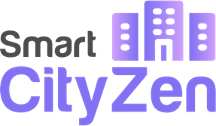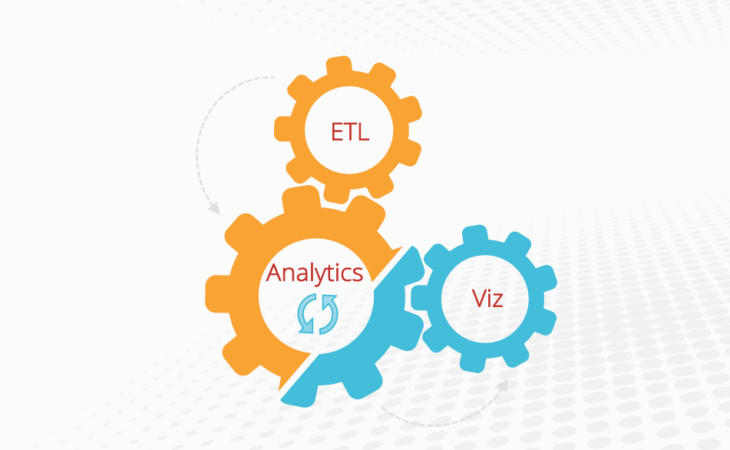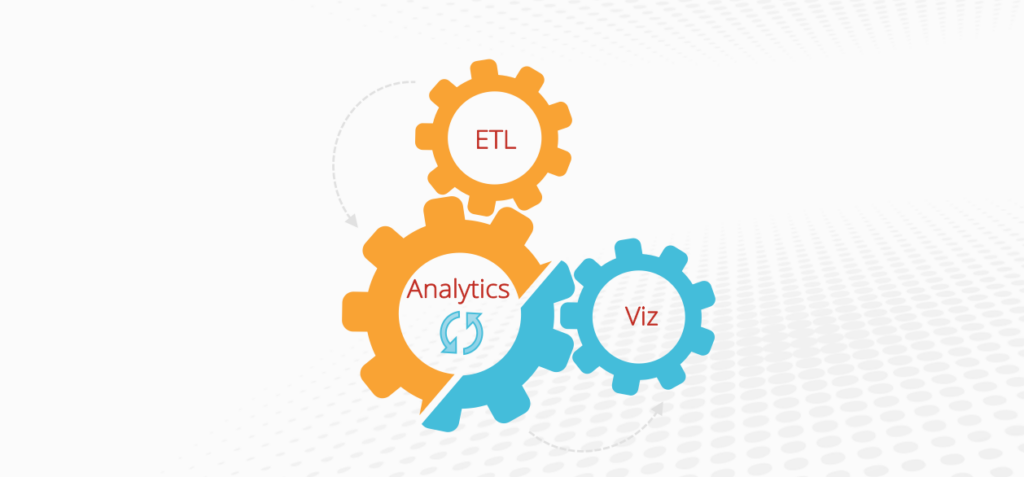-
Posted On:
January 09, 2023
- Posted By: eqwadmin
Business Intelligence is the process of analyzing the data to produce meaningful and conclusive information.
Bird eye view of BI enabled system looks something like below –
We are going to discuss a bit in this article about Visualization.
Choosing a well-suited reporting framework for your system is a very important decision to make. In many scenarios, people make just-in-time decisions by doing quick and dirty research which may become a big issue as the project grows. The choice of tool can be tricky and depends on whether you are planning to migrate the existing visualization framework to a newer one or choosing it for the first time.
Roadmap of the tool and if any open source, then number of contributors is something you should see.
Ask the below questions before you choose the platform.
How much data are we going to process?
Getting a clear understanding of how much data you are going to process and visualize is one of the key points of investigation before you choose any tool and the projection of data size over time. e.g. tool required for an IoT-based system would be different than that of CRM-like smaller systems. You also need to know what type of data source you are going to connect to (Relational or NoSQL).
Different data connectivity/processing approaches are required based on the data size to process e.g. if you are going to use Tableau/Logi-like platforms then you better write extracts to process large data, but if you are choosing JavaScript-based charts, you need faster API to get and show the summarized information.
What is our budget?
A very important question during the initial phase of the project. Everything comes and stops here, the budget. You can build reporting for IoT systems based on JavaScript backed up with lightning-fast micro-services OR you can ease out your life by using the ready frameworks like Tableau, Pentaho, Logi, etc.
The costing in both approaches differs a lot, frameworks work in named and core licensing that costs large bucks whereas other approaches are cost-effective; it’s a tradeoff you may need to do based on the budget you have and of course the time.
Do consider the cost for various projections for data, number of users, report types, etc.
What should be the time to market?
If you use low-cost solutions, you likely end up spending more time (and hence money over time) on delivering new reports, whereas with ready frameworks time to market may be amazingly less.
What types of reports are expected?
Usually, reports are estimated based on their complexity such as Easy, Moderate, or Complex. Reports could be as simple as lists or may have complex layouts with different levels of grouping, sorting, related sections, connecting to various data sources, etc.
Again, time to market is usually a deciding factor.
The need for real time data vs. batch mode access is another key requirement to know.
How easily can we achieve non-functional aspects?
Performance, Scalability, and Security are key aspects that one must consider while implementing a reporting solution, it is important to know the priority and the allocated budget to support these aspects.
With enterprise solutions, you get most of it out of the box whereas for custom solutions you need to invest time to implement these tailor-made features.









 Click edit to change this text. Lorem ipsum dolor sit amet...
Click edit to change this text. Lorem ipsum dolor sit amet...







